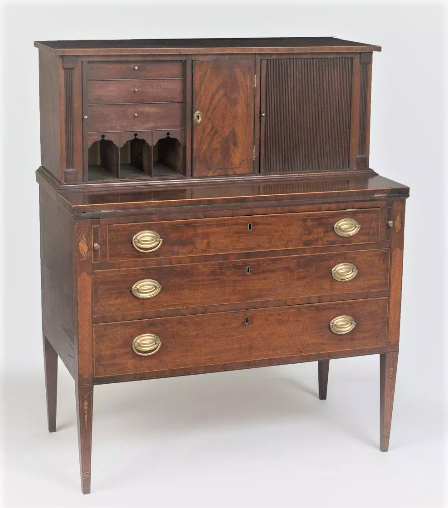Samuel Foster Jaques born in Newburyport, MA on November 29, 1865 son of Edmund Jaques (1826-1899) and Rachel Ann Foster (1826-1906).
 |
| Edmund Jaques (1826-1899) son of William Jaques (18-00-1832) and Elizabeth Savory (1801-1876) of Newbury, Massachusetts |
 |
| Captain Richard Jaques (1771-1851) grandfather of Samuel Foster Jacques |
Samuel married Abbie Parish Noyes (1861-1957) daughter of Joseph Hale Noyes (1825-1896) and Abbie Maria Young (1828-1871) Below from 'Obituary record of the graduates of Bowdoin College.."
Abbie was a teacher with the New West Education Commission and she is in the photo below taken in 1890 from the project of the Utah Women's History Association and cosponsored by the Utah State Historical Society (see Abbie Parish Noyes Papers -Utah State Historical Society and Newburyport Blog)
 |
| Samuel Foster Jaques |
According to an obit published in "Journal of the Boston Society of Civil Engineers," Mr. Jaques was educated in the public schools of Newburyport and then started to learn the engraver's trade. In 1886 he entered the Massachusetts Institute of Technology, where he remained two years. From I887 to I891 he was with Wm. H. Whitney, of Boston, Mass., and from there went South to Tennessee and Georgia on engineering work. During 1892 he was engaged on preliminary sewer work in Brockton, Mass., and after a short engagement with Aspinwall & Lincoln, of Boston, in 1893, he returned to Brockton.
Jaques entered the engineering service of the United States Government at Portland Head, Maine and went from there to Dover, N. H. During I895 he was in the employ of F. Herbert Snow, then city engineer of Brockton, Mass. In 1896 Mr. Jaques was with George A. Kimball on sewer construction in Arlington, Mass., and with Percy M. Blake in 1897-98, at Hyde Park, Mass. From I898 to 1903 Mr. Jaques was in the city engineer's office at Worcester, Mass., and from there went to Dover, N. H., where he was engaged in private engineering practice until I905. He went to Lestershire, N. Y., to construct a sewer system for Morrison & Farrington, of Syracuse, N. Y., and entered the employ of the city of Binghamton, N. Y., as assistant city engineer in I905, which position he held until his untimely death. Mr. Jaques joined the Boston Society of Civil Engineers in I903. He was a member of the Binghamton Engineering Society; Binghamton Lodge No. 77, F. & A. M.; Binghamton Chapter No. 139, R. A. M., and Malta Commandery No. 21, Knights Templar. In his religious life he was a Congregationalist, and was a very active and faithful worker in the church. He was a man of quiet tastes, and was very devoted to his family and profession. Uniformly kind, courteous and considerate of others, he enjoyed a wide circle of friends.
- Jaques Family Genealogy Roger Jaques R. Jaques and P. Jacques, 1995
- Noyes Genealogy http://noyesgenealogy.com/
- The Sons and Daughters of the First Settlers of Newbury MA https://www.sonsanddaughtersofnewbury.org/









